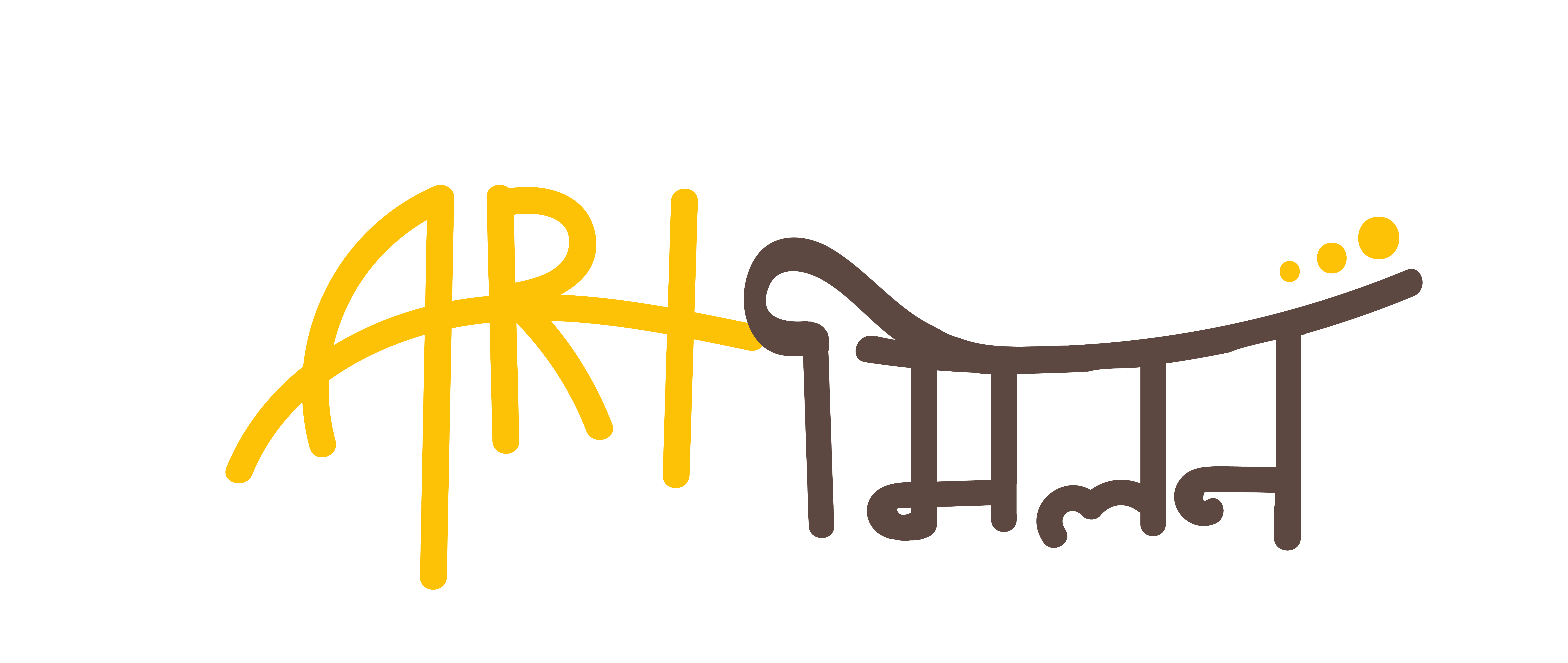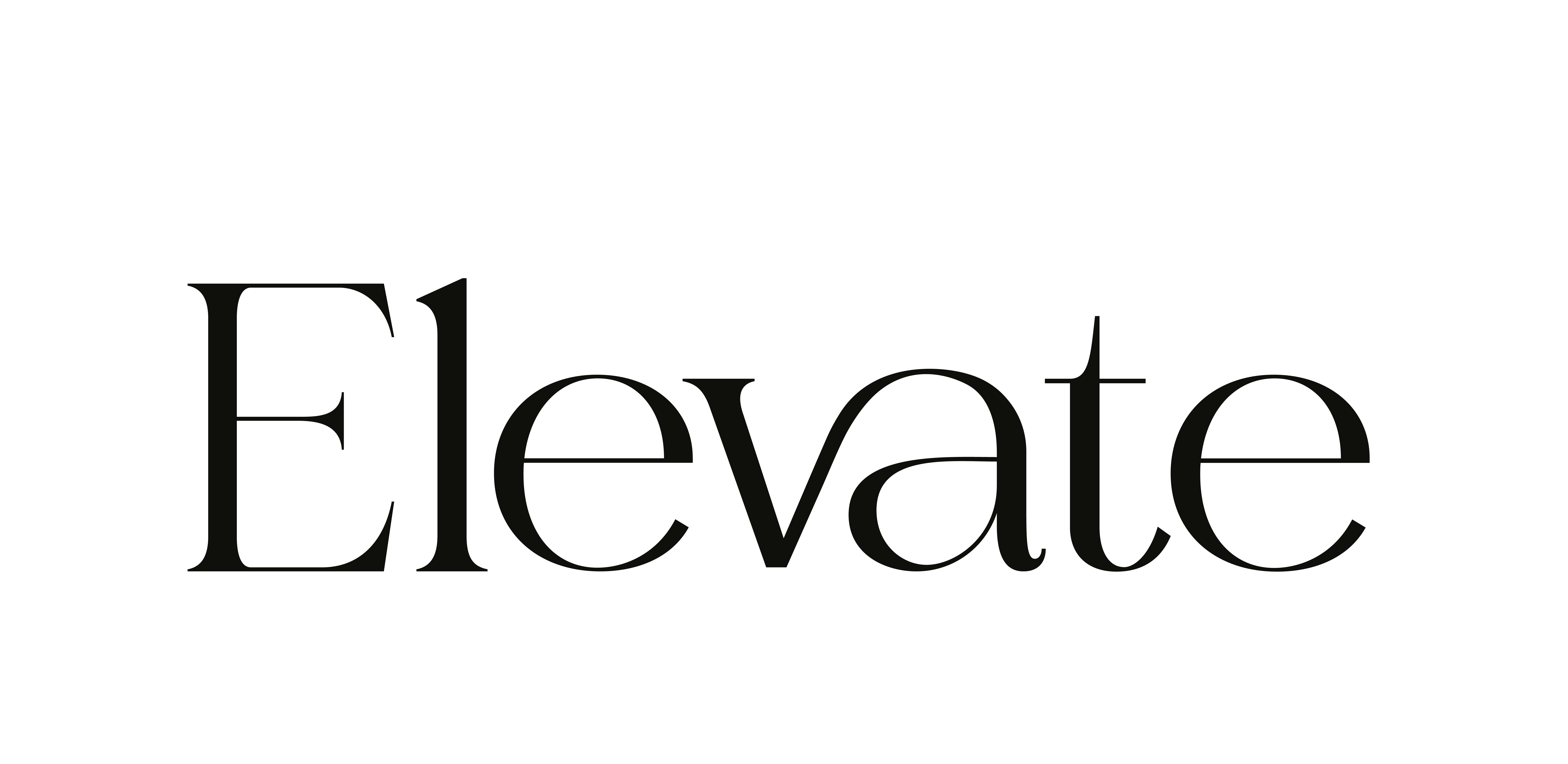Take a look at all types of leaves firms can extend to their employees, common and quirky. Which of these leaves you wished you had in your firm?
Earned Leave. Casual Leave. Sick Leave. There are some types of leaves most of the companies extend to their employees. But there are some other progressive companies who have gone out of the box and looked at reviving their leave policies for the contemporary world of work.
Let’s take a look at these common and quirky leaves extended by various firms:
The Most Popular Leaves in a Company
1. Casual Leave
Casual leaves can be availed by the employees for travel, vacation, rest, and family events. Every company has their own limit to the number of casual leaves which can be availed in a month or a year.
2. Sick Leave
As the name suggests, it is time off given by the company to allow employees to recover from an illness and take care of their health. These leaves are important to ensure employees get the rest they need without any impact on their salary. Most of the times the amount of such leave is determined by the company as per the State’s Shops and Establishment Act or any other law applicable to it.
3. Maternity Leave
To promote women’s participation in the workforce and encourage women to continue to work even after maternity, many firms introduced maternity leaves. Earlier there were no fixed days allotted for these types of leaves. Then initially, in 1961, the government introduced paid maternity leave for 12 weeks, mandatory for certain companies. Later in 2017, the paid maternity leaves were extended to 26 weeks. The Act was applicable to all establishments which include factories, mines, plantations, Government establishments, shops and establishments under the relevant applicable legislation, or any other establishment as may be notified by the Central Government. As per the latest act, to be eligible for maternity benefit, a woman must have been working as an employee in an establishment for a period of at least 80 days within the past 12 months. Payment during the leave period is based on the average daily wage for actual absence.
4. Bereavement Leave
It is said that everyone grieves in their own way and to be honest anyone can’t put a number to the days required to cope with the loss of a loved one. However, it is a common practice by firms to give a few days off to the employees to mourn the loss of a close one and take a break from work without worrying about losing the pay. Typically organisations give 3-5 days of bereavement leaves.
5. Marriage Leave
Getting married is a fascinating time and often involves a lot of functions, where employees may have to take a few days off. Although there is no specific law around it, many organisations extend typically 3 to 5 days of paid marriage leaves to their employees.
The Emerging Types of Leaves in a Company
1. Paternity Leave
In recent years it has been well-established that raising a child is also a father’s job. To promote gender equality, many firms also extend paternity leaves for the male employees. For instance, even though there is no mandatory law, food aggregator Zomato set a new benchmark for paternity leave in India, when it announced 26 weeks paid leave for new fathers.
2. Wellness leaves
Not the same as Sick Leave, Wellness leaves have emerged recently amid the pandemic as issues like burnout and deteriorating mental health became prevalent. Insomnia, fatigue, brain-fog, not wanting to engage socially, anxiety and depression became some of the common challenges majority of the employees faced across sectors. Hence, to address employees’ psychological needs and to keep them healthy, happy and productive, many firms introduced wellness leaves. For example, Google and PepsiCo India gave wellness leaves. Even startups like Razorpay and Freshworks offered burnout leaves or wellness leaves to promote mental wellness.
3. Pawternity Leaves
One of the most rare types of leaves, offered by only a handful of firms, Pawternity leave is for pet parents. There is absolutely no fixed number of leaves a firm can offer. In 2017, HarperCollins Publishers India (HCI) granted “pawternity leave” to employees who are adopting a pet. Starting this year, they will be entitled to a week’s — or 5 working days’ — paid leave if they have just adopted a cat, dog or other type of pet they fancy. Other companies like CollarFolk and GoZoop have gone a step further and introduced a 10 day leave for those employees who have adopted a pet.
4. Family Leave
Another less common practice, family leave is given to employees who have dependent parents or someone to attend to. The Paid Family Leave provides benefits to individuals who need to take time off work to care for a seriously ill child, parent, parent-in-law, grandparents, grandchild, siblings, and spouse. It helps firms build a more inclusive culture and respect the needs of care-givers.
5. Vacation Leaves
The name gives it away. The leaves every employee would dream of. Vacation leave is extended by firms to encourage employees to take a break and travel, rest and relax. For instance, Adobe India provides its employees with 1.25 Vacation Leaves every month (15 days of annual leave per calendar year).
6. Sabbatical Leaves
In recent years, taking a break from work has become normal. There could be various reasons, maternity, to pursue an educational qualification or health reasons, employees often want to take some time off work and eventually return to it. Firms are now increasingly becoming more flexible and offering their employees to take the switch-off period, if they demand. However, Sabbatical Leaves are unpaid form of leaves.
7. Self-Quarantine Leave
As you may have taken a hint, these leaves emerged during the COVID-19 pandemic. For instance, Steel major Tata Steel tweaked its leave policy to include a “special leave” provision for any employee who might need to self-quarantine or stay away from office due to perceived Corona virus exposure. The leave can be taken for any number of days required for the employee to recover during which period the person will be entitled to full pay and the other regular leaves such as sick leave and privilege leaves will remain unaffected. Many other firms took similar steps.









